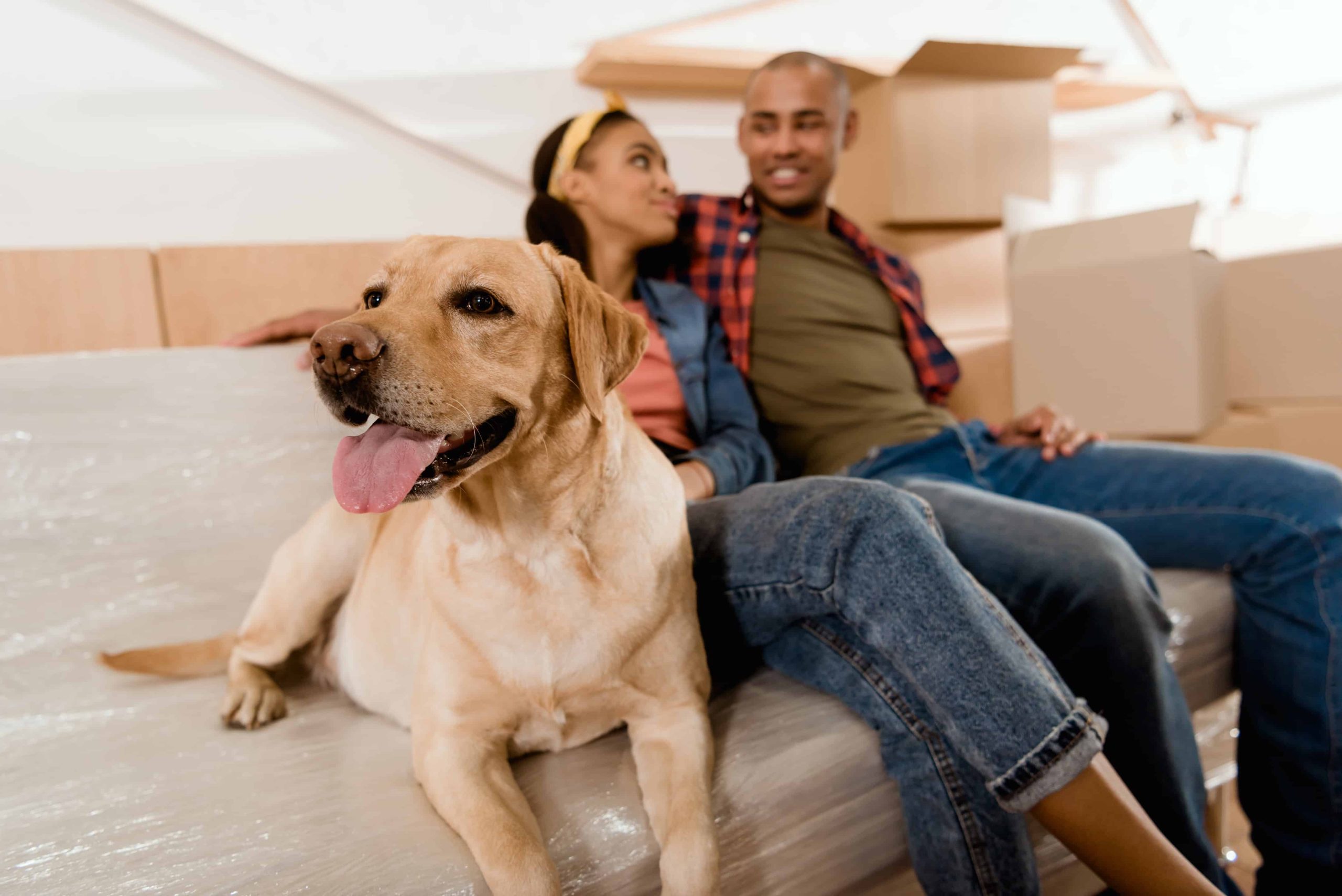
Moving to a new home is an exciting chapter in anyone’s life, but when you have furry, feathered, or scaly companions by your side, the process becomes a bit more complex. Pets are beloved members of the family, and their comfort and well-being during a move are paramount. Whether you have a playful pup, a curious cat, or a talkative parrot, here’s a comprehensive guide on the essential things to consider when moving with pets.
1. Preparing Your Pet for the Move
Moving is a big change for your pets, and it’s important to help them prepare mentally and physically. Maintain their daily routines as much as possible to provide stability and comfort. Gradually introduce them to moving supplies like boxes and packing materials so they become accustomed to the changes happening around them.
2. Update Identification and Records
Before you move, make sure your pet’s identification tags and microchip information are up-to-date. If your pet isn’t microchipped yet, consider getting this done before the move. In the chaos of a new environment, a well-identified pet is more likely to find their way back to you if they happen to get lost.
3. Research Pet-Friendly Accommodations
If you’re moving long-distance and require accommodations along the way, ensure they are pet-friendly. Many hotels and motels have specific pet policies, so do your research and make reservations in advance to avoid any last-minute surprises.
4. Visit the Veterinarian
Schedule a visit to the veterinarian before the move. Ensure your pet’s vaccinations are up-to-date, and ask for a copy of their medical records. Discuss any concerns you have about the move, and inquire about potential travel-related health issues that may arise.
5. Plan Safe Transportation
Pets should always be transported in secure carriers or crates that are appropriately sized for their comfort. For larger pets, consider using seatbelt harnesses or other restraint systems designed for pets. Make sure the transportation method you choose is safe and comfortable for them.
6. Create a “Pet Essentials” Kit
Pack a bag with your pet’s essentials, including food, water, medication, toys, blankets, and grooming supplies. Having these items readily accessible will help ease their transition into the new space and provide a sense of familiarity.
7. Maintain Familiarity in the New Space
Upon arriving at your new home, set up a designated area for your pet with familiar items. This might include their bed, toys, and food and water bowls. The scent of their belongings will provide comfort as they explore their new surroundings.
8. Gradual Exploration
Allow your pet to explore their new home gradually. Start with one room and slowly introduce them to other areas as they become more comfortable. This helps prevent them from becoming overwhelmed by the unfamiliar environment.
9. Be Patient and Attentive
Moving can be stressful for pets, and their behavior might change as a result. Some pets might become more clingy, while others might withdraw. Be patient and offer reassurance. Spend quality time with them, engage in their favorite activities, and maintain their routine as much as possible.
10. Update Contact Information
Once you’re settled into your new home, update your pet’s identification tags and microchip information with your new address and contact details. This is crucial in case they ever wander off or get lost.
11. Explore the New Neighborhood Together
Take your pet on walks around the new neighborhood to help them acclimate to the new sights, sounds, and smells. Exploring together will also reinforce the idea that the new place is safe and belongs to both of you.
12. Finding a New Veterinarian
If you’ve moved to a new area, find a veterinarian who can provide ongoing care for your pet. Ask for recommendations from neighbors or local pet owners, and schedule a meet-and-greet to ensure you and your pet feel comfortable with the new healthcare provider.
Moving with pets requires careful planning and consideration, but with the right approach, you can ensure a smooth transition for your beloved companions. Remember that your patience, attention, and understanding will go a long way in helping your pets feel safe and secure in their new environment. By taking these steps, you can create a positive moving experience for both you and your furry friends.



